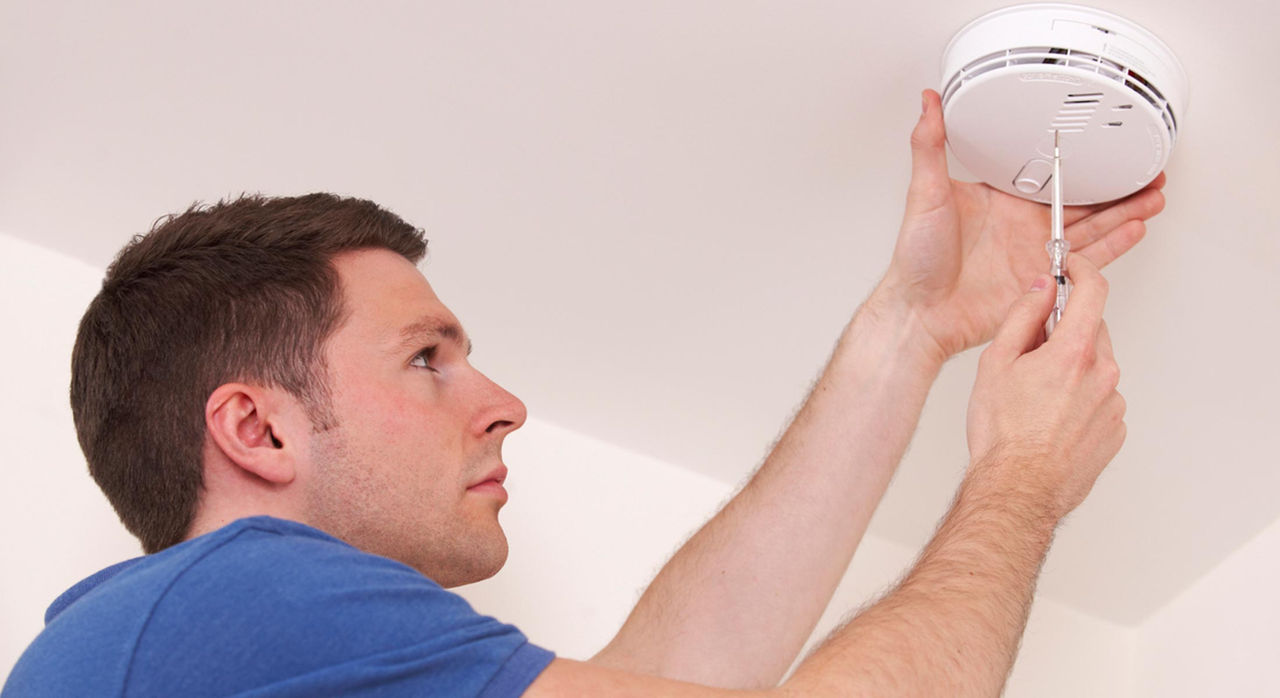-
- Find Care
-
- Visitor Information
- Find a Location
- Shuttles
- Visitor Policies
-
-
- Our Virtual Care Options
- Virtual Urgent Care
- Virtual Visits for Primary & Specialty Care
- Online Second Opinions
- Participate in Research
-
- Contact us
-
- For Innovators
- Commercialization Guide for Innovators
-
-
- Research News
- Alzheimer's Disease
- Artificial Intelligence
-
- Overview
-
- Overview
- Getting Started
- New to Mass General Brigham
- International Patient Services
- What Is Patient Gateway?
- Planning Your Visit
- Find a Doctor (opens link in new tab)
- Appointments
- Patient Resources
- Health & Wellness
- Flu, COVID-19, & RSV
- Billing & Insurance
- Financial Assistance
- Medicare and MassHealth ACOs
- Participate in Research
- Educational Resources
- Visitor Information
- Find a Location
- Shuttles
- Visitor Policies
- Find Care
-
- Overview
- Our Virtual Care Options
- Virtual Urgent Care
- Virtual Visits for Primary & Specialty Care
- Online Second Opinions
-
- Overview
- Participate in Research
-
- Overview
- About Innovation
- About
- Team
- News
- For Industry
- Venture Capital and Investments
- World Medical Innovation Forum (opens link in new tab)
- Featured Licensing Opportunities
- For Innovators
- Commercialization Guide for Innovators
- Contact us
-
- Overview
- Information for Researchers
- Compliance Office
- Research Cores
- Clinical Trials
- Advisory Services
- Featured Research
- Two Centuries of Breakthroughs
- Advances in Motion (opens link in new tab)
- Brigham on a Mission (opens link in new tab)
- Gene and Cell Therapy Institute
- Research News
- Alzheimer's Disease
- Artificial Intelligence
-
- Overview
-
- Overview
- Residency & fellowship programs
- Brigham and Women's Hospital
- Massachusetts General Hospital
- Mass Eye and Ear
- Newton-Wellesley Hospital
- Salem Hospital
- Integrated Mass General Brigham Programs
- Centers of Expertise
- Global & Community Health
- Health Policy & Management
- Healthcare Quality & Patient Safey
- Medical Education
- For trainees
- Prospective trainees
- Incoming trainees
- Current trainees
- Continuing Professional Development
Carbon Monoxide Poisoning

Carbon monoxide (CO) is an odorless, invisible gas that can make you sick—and even kill you. Every year in the United States, accidental CO poisoning causes more than 400 deaths and 50,000 emergency room visits.
You can—and should—take steps to prevent CO poisoning, says Wynne Armand, MD, a Mass General Brigham internal medicine doctor and associate director of Massachusetts General Hospital’s Center for the Environment and Health.
“The number one way to protect yourself from CO poisoning is to install carbon monoxide detectors,” explains Armand. “And it’s better to have one that either has a battery backup or is battery operated in case the electricity goes out.”
Carbon monoxide poisoning symptoms
If a CO detector alarm in your home goes off, go outdoors immediately. “Just get everybody outside. Don’t pause to open the windows or call the fire department. Even if you’re not sure—get outside and then call for help,” says Jonathan Slutzman, MD, a Mass General Brigham emergency medicine physician and director of Mass General’s Center for the Environment and Health. “In mild cases, you just need to go outside and breathe fresh air and you’ll feel better. It can’t hurt, and it could definitely help.”
But it’s also important to recognize the signs and symptoms of carbon monoxide poisoning. Symptoms of carbon monoxide poisoning can be mild or severe, and they can come on quickly or slowly:
- Headache
- Dizziness
- Confusion or weakness
- Difficulty breathing or chest pain
- Nausea or vomiting
- Loss of consciousness
- Coma and death
How quickly carbon monoxide exposure affects people depends on several factors:
- Age, because CO affects children and older adults more intensely
- How long you’ve been breathing in CO
- How much carbon monoxide is in the air (concentration)
- Whether you have an underlying health condition, such as heart disease or lung disease
“The classic story would be a family going to bed at night, all feeling a headache at the same time,” Dr. Armand says. “Any time you have multiple people in the same location having similar symptoms, the first thought we have is that there’s something in the air or in the water. If multiple people in the same place have headaches, nausea, and vomiting, then it’s often carbon monoxide.”
If you’re experiencing these symptoms, go outside and breathe fresh air. Then call the fire department. Emergency personnel can confirm the presence of CO, identify the source, and let you know if it’s safe to go inside. Many people are tempted to open the windows and doors first, but Dr. Slutzman says this can wait. CO is not a fire hazard, and it cannot cause an explosion. If you stop to open windows, you breathe in the poisonous gas longer.
Many fire departments have a device called a CO-oximeter, which tests you on-site for possible CO poisoning. Dr. Armand cautions that you should not try to measure your own CO levels with an oxygen saturation monitor (or pulse oximeter). You may have this on hand for other health conditions, but it does not indicate CO levels.
Once you’re outside, if symptoms are severe or last for 30 minutes, go to the hospital.
Carbon monoxide poisoning treatment
If you have a mild case of CO poisoning, you'll feel better just by going outside and breathing fresh air. More severe cases may require treatment with pure oxygen or hyperbaric oxygen therapy (HBOT).
“We may use a mask to give people as close to 100% oxygen as we can. This kind of washes out as much carbon monoxide as possible,” says Dr. Slutzman.
In severe cases and special populations, such as pregnant people, Mass General Brigham doctors may recommend HBOT. This treatment involves a special chamber that delivers pure oxygen pressurized to 2 to 3 times the normal level. This forces more oxygen into your blood and pushes the carbon monoxide out. It can help protect your heart and brain from the effects of CO poisoning. Mass General Brigham has an HBOT chamber, also called a dive chamber, at Mass Eye and Ear.
Most people recover quickly after treatment and have no lasting effects, Dr. Slutzman says. But there is some evidence of long-term health issues after severe carbon monoxide poisoning. This is generally limited to a small percentage of people who experience ischemia (inadequate oxygen supply to vital organs). The effects may include cognitive problems, cardiac complications, or shorter lifespan. If you have a severe case of CO poisoning, you may need a follow-up appointment with a neurologist or cardiologist.
How to prevent carbon monoxide poisoning
“There are choices people can make to prevent CO from entering your home and decrease the amount of exposure, in addition to detecting the gas and alerting you,” says Dr. Armand. Here’s what you can do:
- Install CO detectors in your home and test them regularly. Detectors can be hard-wired to the electricity, battery-operated, or both.
- Make sure your home is well-ventilated and that ducts and exhaust pipes are not blocked.
- Maintain all appliances and devices that use fossil fuels with annual check-ups. This includes cars, ovens and stoves, furnaces, water heaters, generators, and clothes dryers. If an alert goes on (for example, your car’s check engine light), have it checked as soon as possible.
- Never leave your car running in the garage. If you have a particularly quiet car, always double-check to make sure you turn it off.
- Don’t use a generator indoors or close to a window. Generators emit CO, which can seep through floorboards and walls.
- Don’t close the flue of your fireplace before the embers are done burning.
- Never use your oven to heat your home. CO can escape into the house.
Dr. Armand adds, “Families should never use gas stoves for heating the home, which is unhealthy and can put your household at risk.” Government agencies, your gas company, and health care providers can help ensure you have safe heating resources. Massachusetts also offers guidance for residents with low income or health issues. You may be protected from having your heat shut off or eligible for help with heating bills.
Using electric power rather than combustion sources (which require burning something) is another way to eliminate carbon monoxide risk. For example, an electric car or electric stove does not emit carbon monoxide. Electrification also reduces greenhouse gases, which is better for the environment.

Contributor
